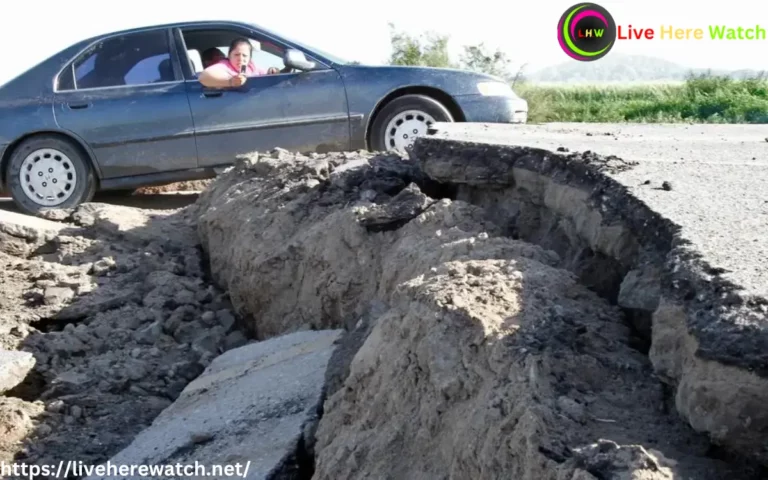In a series of alarming seismic events, four places across the globe experienced strong earthquakes within a span of 12 hours. This article delves into the significance of these tremors, analyzing their impact on affected regions and the potential implications for preparedness and disaster management. By examining these seismic occurrences in detail, we aim to provide insights into the scientific aspects, raise awareness about earthquake safety, and highlight the importance of robust infrastructure.
The Unsettling Trend: Multiple Earthquakes in a Short Time Frame
The occurrence of strong earthquakes in four different locations within just 12 hours has raised concerns and calls for further investigation. Understanding the nature of these tremors and their implications is crucial:
- Locations Impacted: The affected regions include parts of India, along with other countries that experienced significant shaking. Analyzing the geographic dispersion of these earthquakes provides a broad perspective on their intensity and possible causes.
- Magnitude and Depth: Determining the magnitude and depth of the earthquakes plays a fundamental role in assessing their impact and potential for damage. By examining these factors, seismologists can gain insights into the forces at play beneath the earth’s surface.
Assessing the Impact on Affected Regions
The series of earthquakes within a short time frame has undoubtedly left its mark on the regions involved:
- Structural Damage and Infrastructural Impact: Strong earthquakes can result in severe structural damage, especially in areas with inadequate infrastructure and poor construction practices. Buildings, bridges, and critical facilities may have sustained varying degrees of damage, necessitating comprehensive assessments and repairs.
- Human Casualties and Injuries: The impact of these earthquakes on human lives must not be overlooked. Assessing the number of casualties and injuries is crucial for understanding the scale of devastation and mobilizing resources for immediate response and relief efforts.
- Emotional and Psychological Toll: Earthquakes can induce fear, trauma, and anxiety among affected communities. Providing psychological support and counseling services becomes essential to help individuals cope with the aftermath of such traumatic events.
Building Resilience and Strengthening Preparedness
The occurrence of multiple earthquakes highlights the importance of preparedness and resilience:
- Enhancing Early Warning Systems: Investing in robust early warning systems that can promptly detect earthquakes and transmit warnings to potentially affected areas is crucial. This technology can provide crucial seconds or minutes for people to seek shelter and take protective measures.
- Promoting Public Awareness and Education: Raising public awareness about earthquake safety measures, evacuation procedures, and the importance of preparedness can significantly reduce casualties and injuries. Governments, NGOs, and community organizations should invest in educational campaigns aimed at educating individuals on how to respond during seismic events.
- Strengthening Infrastructure: Striving for earthquake-resistant infrastructure and rigorous building codes is key to minimizing damage during seismic events. Governments must enforce regulations to ensure construction practices align with seismic safety standards, particularly in areas prone to earthquakes.
- Coordinating Disaster Response: Effective coordination among various agencies involved in disaster response is crucial in ensuring a timely and efficient response to earthquakes. Governments, NGOs, and international organizations should collaborate to provide immediate relief, medical aid, and support to affected communities.
Conclusion
The occurrence of strong earthquakes in four different locations within a span of 12 hours serves as a stark reminder of the unpredictable nature of seismic activity. Assessing the impact on affected regions, building resilience through early warning systems and infrastructure improvements, and raising public awareness are vital steps towards mitigating the devastating consequences of such events. By prioritizing preparedness, coordination, and investment in disaster management, countries can better protect their citizens, reduce casualties, and rebuild stronger, more resilient communities in the face of future seismic events.

























+ There are no comments
Add yours